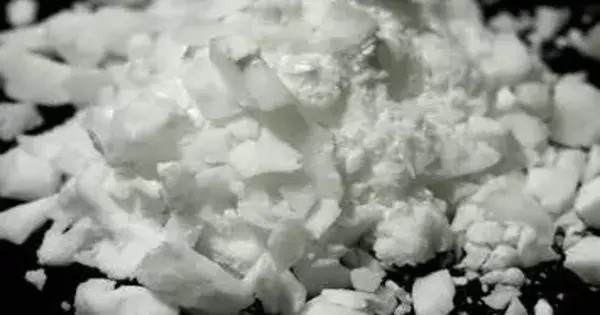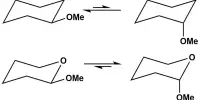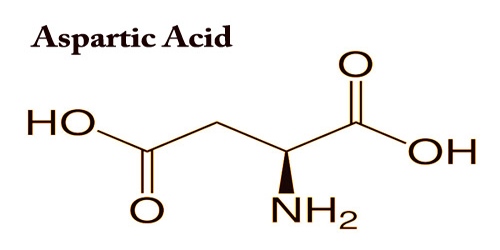Scandium(III) nitrate, Sc(NO3)3, is an ionic compound. It is an oxidizer, as all nitrates are. It is a chemical compound consisting of scandium, nitrogen, and oxygen. It is a white, crystalline solid and is a source of scandium ions in various chemical processes. The salt is applied in optical coatings, catalysts, electronic ceramics and the laser industry.
It is an important compound in the field of materials science and chemistry, due to its ability to form stable complexes and serve as a precursor for producing scandium metal. While scandium is not abundant in nature, it is present in trace amounts in various minerals and can be extracted using chemical processes. Its unique properties make it valuable in specialized industrial applications.
Properties
- Chemical formula: Sc(NO3)3
- Molar mass: 230.97 g/mol
- Appearance: off-white crystals
- Solubility in other solvents: water and strong mineral acids
Preparation
Scandium nitrate can be prepared by the reaction between scandium metal with dinitrogen tetroxide.
Sc + 3 N2O4 → Sc(NO3)3 + 3 NO
The anhydrous form can also be obtained by the reaction between scandium chloride and dinitrogen pentoxide. The tetrahydrate can be obtained from the reaction between scandium hydroxide and nitric acid.
Applications
- Material Science: It is often used in research and industry, particularly in the synthesis of scandium-based compounds for various applications, such as in the production of Scandium oxide (Sc₂O₃), which is used in high-performance alloys, and in aluminum-scandium alloys for aerospace components.
- Catalysis: It can be used as a catalyst in certain chemical reactions.
- Research: It is utilized in laboratories for studies related to scandium compounds and as a precursor in the synthesis of other scandium-based compounds.
Safety and Handling
- Toxicity: Like most metal nitrates, Scandium(III) Nitrate is toxic and should be handled with care. It can be harmful if ingested, inhaled, or if it comes into contact with skin. It may cause irritation or burns, especially in concentrated forms.
- Storage: It should be stored in a cool, dry place, away from any sources of heat or ignition, as it can be reactive, especially in its concentrated form. It is often stored in tightly sealed containers to avoid moisture absorption, as the salt is hygroscopic.
















